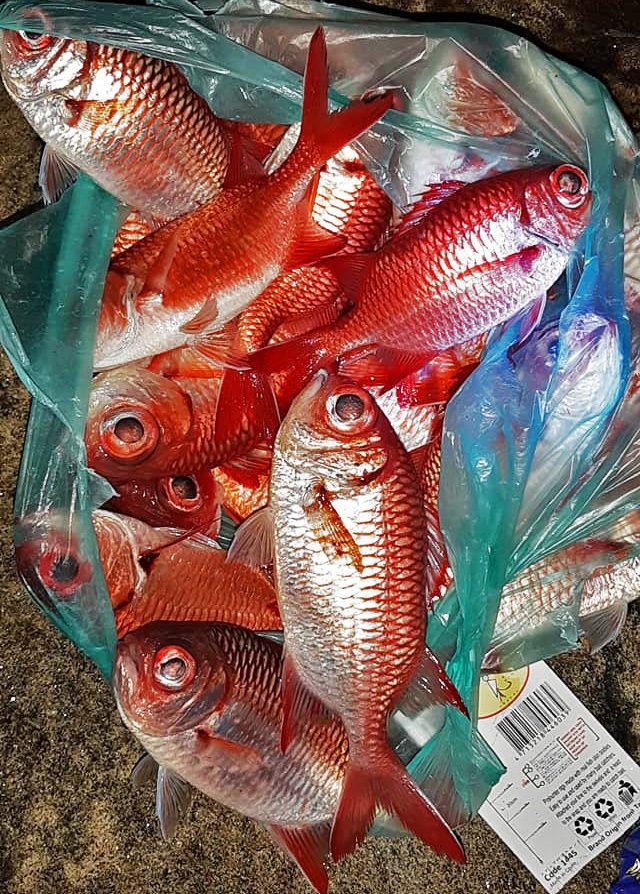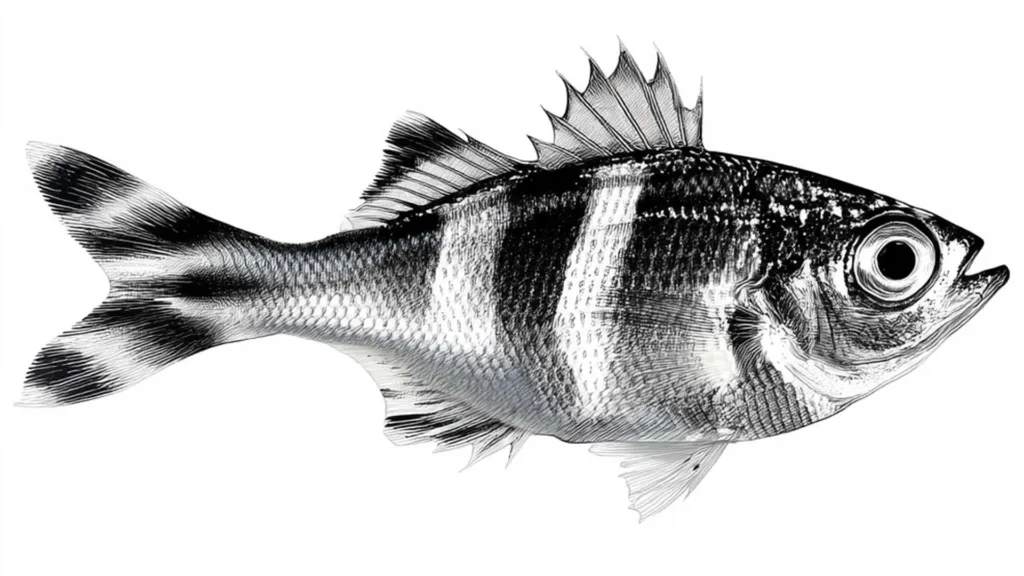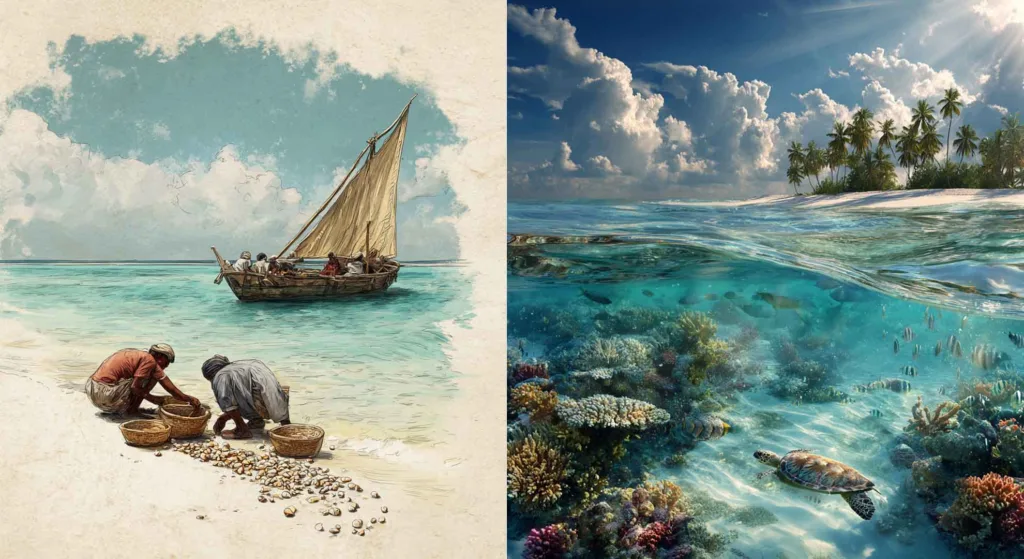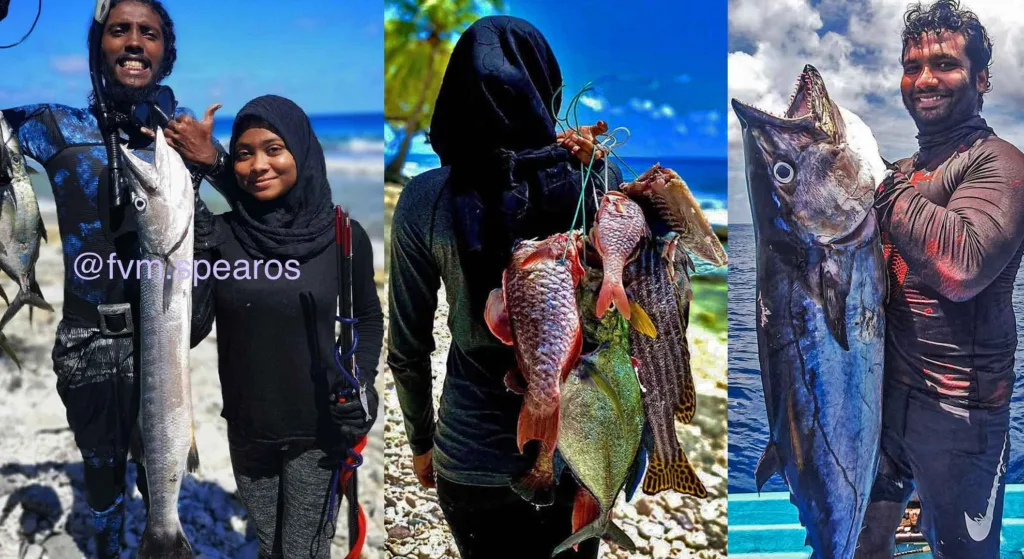
No matter the circumstances, humans always find a way to survive. The resources they seek out and the ways they find them are situationally dependent. They may come up with a solution or invention that is either very compact or very sturdy. However, the outcomes considerably affect people’s daily lives.
When resources are limited, humans get creative to stay alive. The origin of the food, geographical location, and cultural norms all play a role. This chronicle is about a reef fishing technique that the early Fuvahmulah inhabitants used. After several days of unsuccessful fishing, the residents of my island finally resorted to low-tide trips to the reef flat in search of a little fish known as the Red Stripped Squirrelfish, or thoshi. The people banded together in a last-ditch effort to secure food for their survival. The reef flat was illuminated by wrapping dried thatches of coconut palm palms in fire.
The squad would typically consist of ten to twelve members. A group of three or four individuals would be wielding dull and blunt machetes. The individual with the least strength will be the one to hold the fire. On the reef flat, they are involved in this hectic activity at a water level of around two feet. Near the flame-bearers, people using machetes searched for fish in the shallow water. They would use the machetes to attack thoshi when they caught sight of them.
Then, among those without machetes, the weak and drained fish were plucked by hand. Thoshi was placed into a bag. They would congregate on the beach as soon as they had amassed enough thoshi. The ocean would be drained of all its fish onto the beach. Regardless of who was responsible for what in catching the fish, everyone in the group got a fair portion. This method of catching fish continued till the surrounding sea was active with fish, and they were able to catch tuna, yellowfin tuna, kattelhi, or any reef fish from the sea around the enigmatic island.



